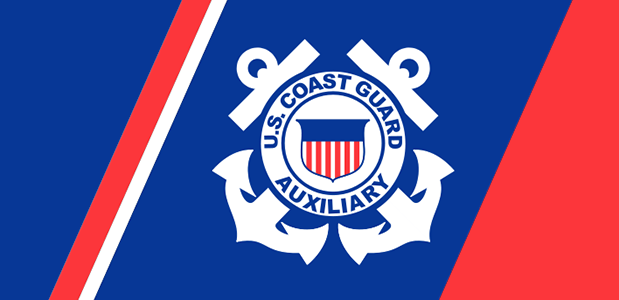People are confused and frightened by CAO misinformation. At a recent meeting, the organizer said that standing water of 100 square feet will make your property unusable. The truth is that 100 square feet of wetland will not make your property unusable. The proposed CAO does not regulate “low importance” wetlands smaller than 2500 square feet. Most wetlands in our county are the low importance type. Medium importance wetlands smaller than 1000 square feet and high importance wetlands smaller than 250 square feet would not be regulated. High importance wetlands are rare.
If your property is covered by wetlands and their buffers, the proposed Reasonable Use Exception offers landowners a way to develop up to ½ acre of their land. Current legal uses of your property can continue forever, even in a wetland or its buffer. Many of our wetland areas are legally farmed and can continue this use. Only new development will be regulated by the CAO update.
An updated CAO will protect our drinking water and the water that we share with wildlife. Old timers and the SeaDoc Society say that wildlife has declined dramatically.
Many people do use toxic chemicals that can contaminate our fresh and marine waters. Critical Area buffers trap and degrade toxic chemicals before they reach our wetlands and marine waters.
Some of the worst pollutants bind to the silt and mud that collects in our wetlands and in sheltered near-shore waters. Although some near-shore waters are “flushed” by currents, the areas with muddy bottoms are where the flushing is weak. That is why the mud collects there.
The “M” on your marine charts marks a muddy bottom. The eelgrass meadows where young salmon shelter and feed are found in the more sheltered nearshore areas. The impacts of our development add up until a tipping point is reached.
For example, eelgrass has disappeared in San Juan’s Westcott Bay. Food and shelter for young salmon is disappearing as eelgrass meadows decline.
We must update our regulations to protect our drinking water and the waters on which wildlife depend.
Janet Alderton
Orcas Island
**If you are reading theOrcasonian for free, thank your fellow islanders. If you would like to support theOrcasonian CLICK HERE to set your modestly-priced, voluntary subscription. Otherwise, no worries; we’re happy to share with you.**








Go Janet!